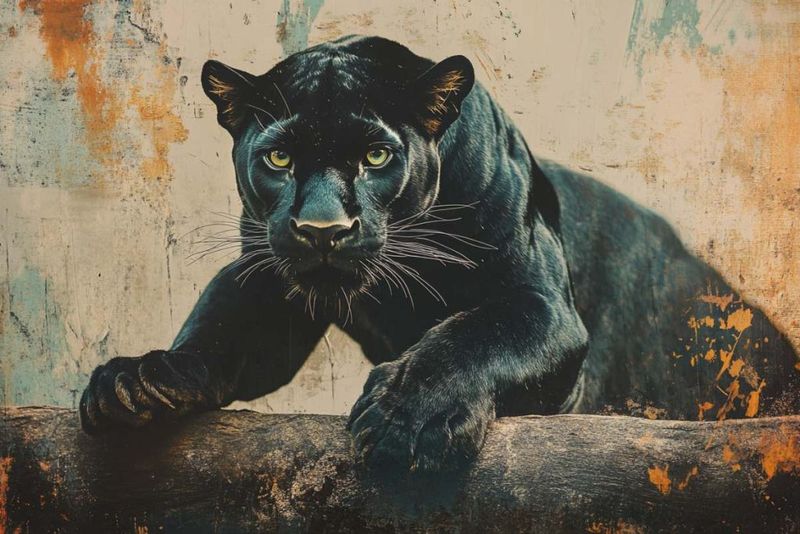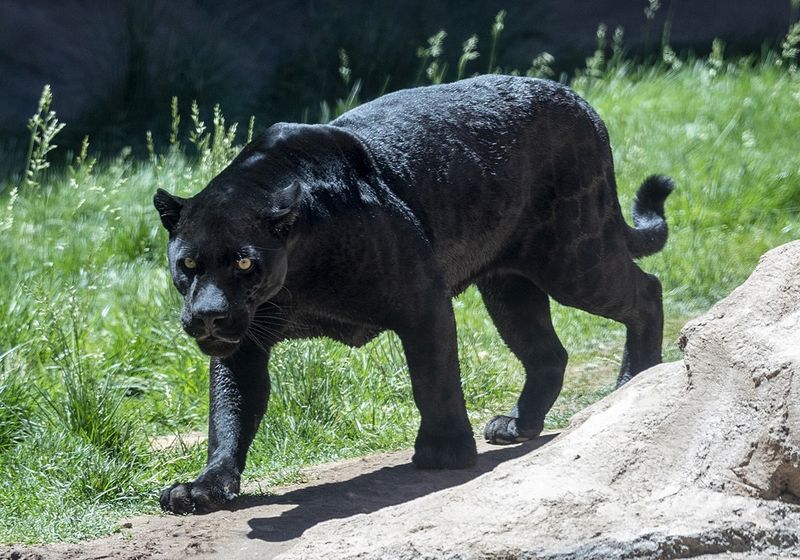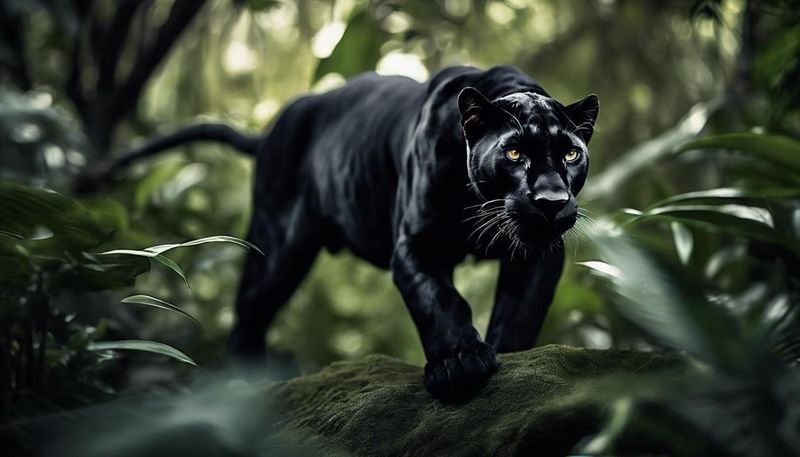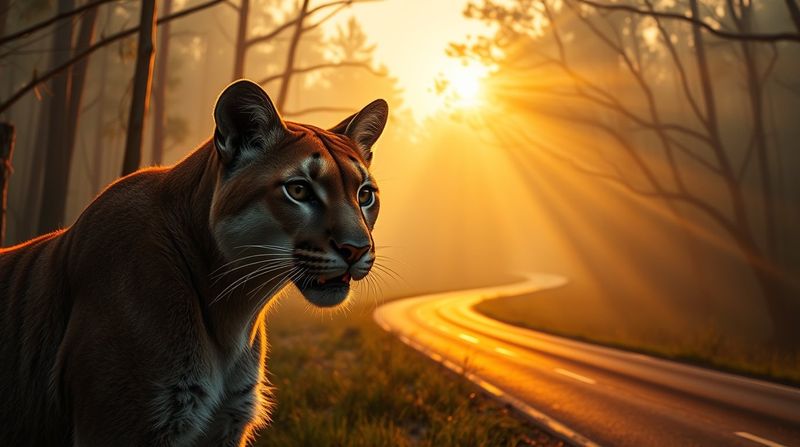Sleek, mysterious, and elusive—panthers have long captured the human imagination as symbols of power cloaked in darkness. Whether prowling through dense rainforests or scaling rocky highlands, panthers move like whispers through the wild. But who—or what—is a “panther”? In reality, the term applies to several big cats with melanism or regional variation, adding to their mystique.
The Myth of the Black Panther: Fact, Fiction, and Fear
Contrary to popular belief, there is no distinct species called the “black panther.” The term refers to melanistic individuals—big cats with a genetic mutation that results in dark, near-black coats. These shadowy hunters are typically leopards in Asia and Africa, or jaguars in the Americas. While their spots are still present, they’re often hidden beneath the dark pigmentation, only visible under certain lighting. This camouflage offers a serious survival advantage in dense forests where light is scarce.
The black coat, combined with solitary behavior and nocturnal habits, has inspired countless myths—some cultures see them as omens, others as protectors. But all agree: black panthers walk the fine line between legend and reality. These majestic creatures embody the mystery of the night, gliding through their domain with an elegance that belies their power.
In local folklore, black panthers are often depicted as ghostly figures that protect the forest. Such stories add to their allure, making them symbols of both fear and fascination. Their elusive nature ensures they remain one of the most enigmatic figures in the animal kingdom.
Panthera Paradox: Power in Solitude
Unlike lions, which thrive in social pride structures, panthers (leopards and jaguars) are solitary by nature. This solitary lifestyle might seem lonely, but it’s a strategic advantage. Without needing to share territory or food, panthers can thrive in areas where other big cats might struggle.
They’re also incredibly adaptable, found in a wide range of habitats—from tropical forests to mountains to even semi-urban zones. A single panther can silently control a vast territory, hunting everything from monkeys and deer to fish and reptiles. Their independence speaks to a deeper paradox: these apex predators thrive not through dominance in numbers, but through silent mastery of their realm.
Power, in the panther’s world, walks alone. The panther’s elusive presence is a reminder of the beauty and complexity of solitude in the animal kingdom, a testament to nature’s ability to adapt and survive. This solitary strength is what makes the panther an enduring symbol of mystery and power.
Symbols of Mystery: Panthers in Myth, Culture, and Story
Panthers have been woven into legends across the globe. In Native American lore, they are often seen as protectors or spiritual guides, embodying strength, courage, and inner vision. In South American myths, the jaguar (often referred to as a panther) is a sacred figure, associated with night, death, and rebirth.
In modern pop culture, the panther has taken on new dimensions—most notably as the Black Panther, a superhero who combines heritage with high-tech prowess, symbolizing empowerment and pride. From ancient carvings to blockbuster films, the panther remains a potent figure: a symbol of what moves quietly, watches closely, and acts with purpose.
Where there is shadow, there is story—and the panther walks in both. The narratives surrounding panthers reveal much about human cultures and our fascination with what lies just beyond the light. These majestic animals continue to inspire awe and respect, reflecting the mysterious allure of the natural world.
Ghosts of the Jungle: How Panthers Perfect the Art of Invisibility
Panthers are masters of stealth, often seen as “ghosts” by locals and researchers alike. Their secret? A combination of quiet movement, exceptional night vision, and acute hearing. Whether leopard or jaguar, their bodies are built for ambush—compact, muscular, and supremely agile.
In shadowy jungles or mountainous terrain, they blend seamlessly with their environment, often going undetected even by camera traps. Unlike lions or cheetahs, panthers prefer solitude and silence, marking territory discreetly and avoiding confrontation. This solitary huntress moves with a grace that’s both enchanting and chilling.
Their hunting style involves patiently stalking prey and delivering a powerful pounce or bite, usually to the neck. This combination of stealth and strength makes panthers some of the most efficient—and elusive—predators in the wild. Their ability to vanish as if into thin air has earned them the title of jungle ghosts, an epithet they live up to with every silent step they take.
Conservation in the Shadows: Protecting an Invisible Icon
The very traits that make panthers successful—stealth, adaptability, elusiveness—also make them hard to study and protect. Habitat loss, poaching, and human conflict pose serious threats, even as panthers manage to survive in increasingly fragmented landscapes.
Melanistic leopards and jaguars are especially rare, their populations unknown due to low visibility and scarce sightings. Conservationists use camera traps, GPS collars, and community engagement to track and protect these animals, but their ghost-like presence makes data collection difficult. Protecting panthers means protecting entire ecosystems—preserving the dense forests and waterways they call home.
To safeguard their future, we must first acknowledge their silent role in the web of life. In saving the shadows, we save the soul of the wild. This effort requires global awareness and local action, ensuring these silent stalkers continue to roam free, reminding us of nature’s resilience and mystery.





